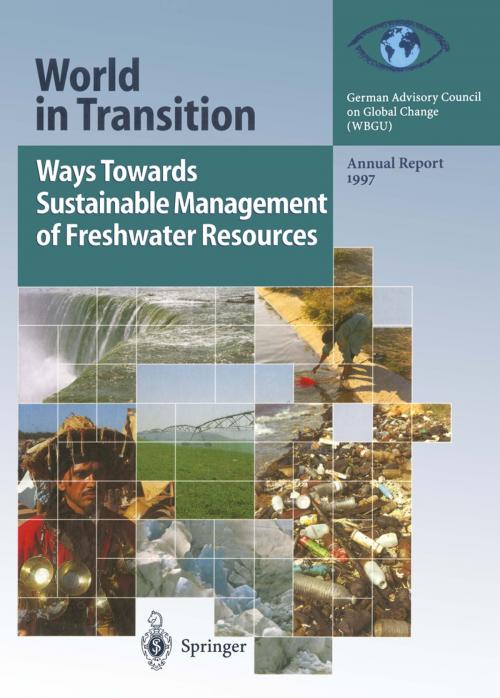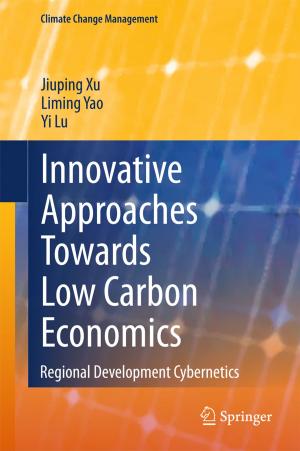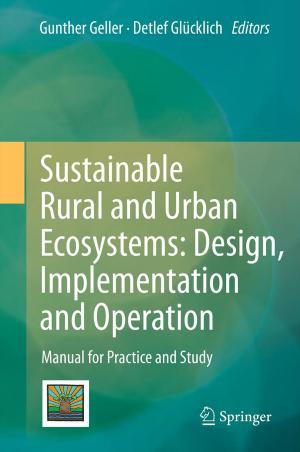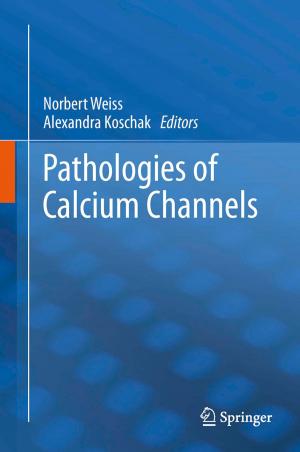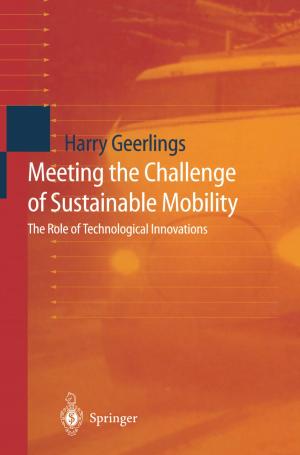Ways Towards Sustainable Management of Freshwater Resources
Annual Report 1997
Nonfiction, Social & Cultural Studies, Political Science, Politics, City Planning & Urban Development, Science & Nature, Science, Earth Sciences| Author: | ISBN: | 9783642598951 | |
| Publisher: | Springer Berlin Heidelberg | Publication: | December 6, 2012 |
| Imprint: | Springer | Language: | English |
| Author: | |
| ISBN: | 9783642598951 |
| Publisher: | Springer Berlin Heidelberg |
| Publication: | December 6, 2012 |
| Imprint: | Springer |
| Language: | English |
atmosphere and vegetation. In what ways can key ural and cultural functions of water, primarily elements of the water balance and the hydrological through direct interference by agriculture and cycle be altered by climate change? To answer this through pollutant loads emanating from point and question, the Council presents an analysis in which non-point sources in settlements, the small business characteristics of the hydrological cycle under pre sector, agriculture and industry. Too little is known sent climatic conditions are compared to those in a about the behavior of substances that enter water simulated climate with CO doubling (equivalent to through human activities, about their decomposition 2 twice present-day levels). Here, the Council draws on and conversion, and about the impacts they have on calculations made with the ECHAM/OPYC coupled ecosystems and humans. The most important factors atmosphere-ocean model developed by the German influencing global water quality include acidification, Climate Computing Centre (DKRZ) and the Max eutrophication, salinization, and pollution caused by Planck Institute for Meteorology (MPI). Simulations organic and inorganic trace compounds (pesticides with the model show that more precipitation falls on and heavy metals, for example). Quality standards land masses in a warmer climate, especially at high such as those governing agricultural and industrial latitudes and in parts of the tropics and subtropics, uses have yet to be defined for many other types of while other regions have less rain. The latter include use.
atmosphere and vegetation. In what ways can key ural and cultural functions of water, primarily elements of the water balance and the hydrological through direct interference by agriculture and cycle be altered by climate change? To answer this through pollutant loads emanating from point and question, the Council presents an analysis in which non-point sources in settlements, the small business characteristics of the hydrological cycle under pre sector, agriculture and industry. Too little is known sent climatic conditions are compared to those in a about the behavior of substances that enter water simulated climate with CO doubling (equivalent to through human activities, about their decomposition 2 twice present-day levels). Here, the Council draws on and conversion, and about the impacts they have on calculations made with the ECHAM/OPYC coupled ecosystems and humans. The most important factors atmosphere-ocean model developed by the German influencing global water quality include acidification, Climate Computing Centre (DKRZ) and the Max eutrophication, salinization, and pollution caused by Planck Institute for Meteorology (MPI). Simulations organic and inorganic trace compounds (pesticides with the model show that more precipitation falls on and heavy metals, for example). Quality standards land masses in a warmer climate, especially at high such as those governing agricultural and industrial latitudes and in parts of the tropics and subtropics, uses have yet to be defined for many other types of while other regions have less rain. The latter include use.
